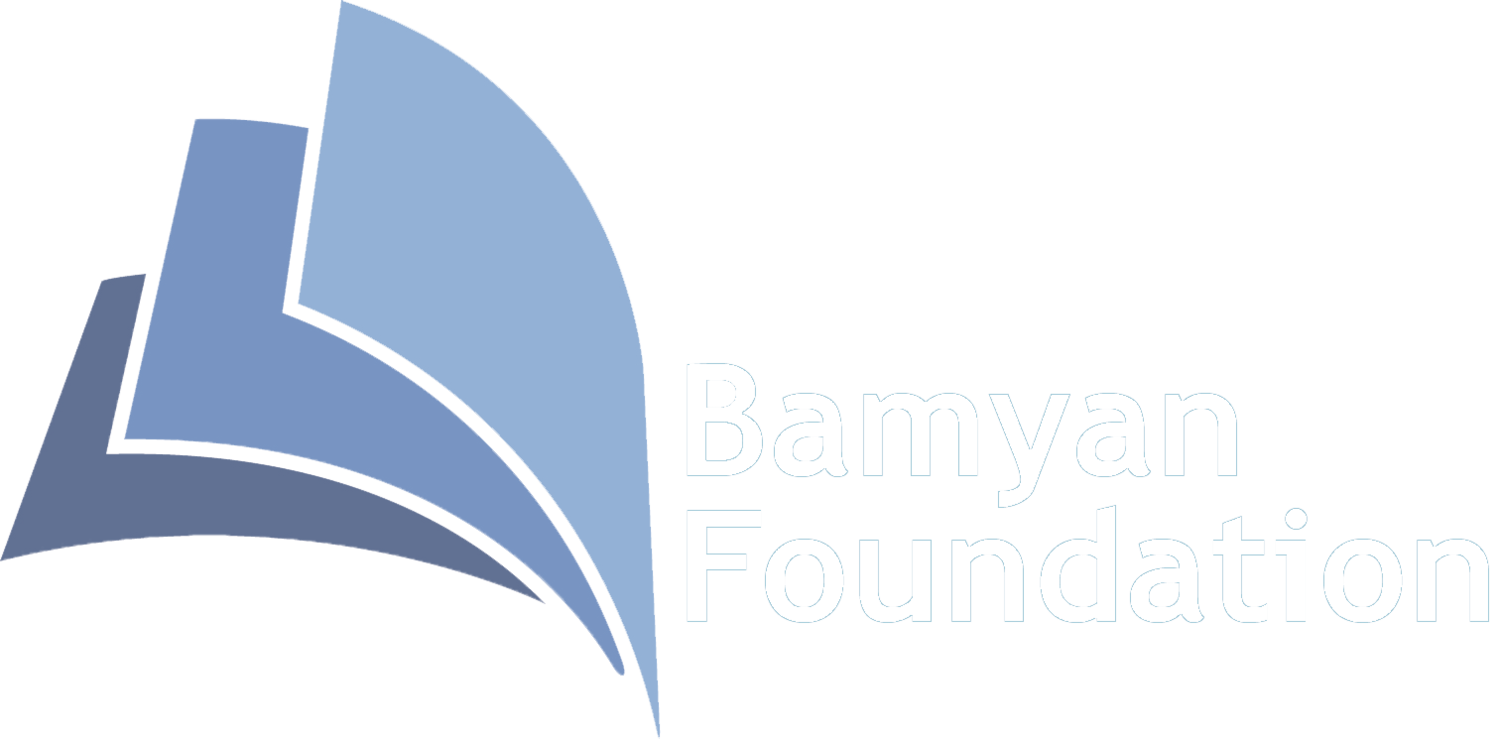Summary:
This project will provide at least 100 yearly scholarships to at-risk youth, particularly girls and victims of terrorism, in Afghanistan's most impoverished and marginalized Hazara communities. Through partnership with reputable schools in Afghanistan, the Foundation has designed a low-cost merit and need-based scholarship program to provide quality education with emphasis on critical thinking.
Challenge:
Hazaras are the poorest and most marginalized group in Afghanistan. Ethnically distinct due to their Asiatic features coupled with Shi'a faith sets them apart from other Afghans, including the predominant Pashtuns. Despite the Hazaras being peaceful during the US-led intervention in Afghanistan, they benefitted very little from the international development assistance during the Karzai and Ghani regimes. Due to endemic racism, religious hate and the Hazara community’s support for moderate norms and peaceful values, the community is under targeted and systematic attacks by the Taliban and Islamic state terrorist groups - with genocidal intent by said perpetrators.
Solution:
We have designed a low-cost scholarship program partnering with reliable grassroots community-organized and community-sustained K-12s that have demonstrated a sound track-record of service and low overhead. Via this partnership, we provide merit and need-based scholarships to youth, particularly girls and victims of terrorism, in the Hazara communities. Since 2016, we have provided 856 scholarships (466 to girls). The education will open new gateways and alter the trajectory of the their lives.
Long-Term Impact:
This project has the potential of educating hundreds of at-risk youth in multiple schools in several provinces in Afghanistan, a portion earmarked for student victims of terrorism. This can become a scholarship corridor between the Foundation in the US and grassroots organizations in Afghanistan. The system we've built is one that's scalable with minimal increase in time and resources. Now that it's up and running, if we exceed our funding goals, we can easily increase the number of students.

